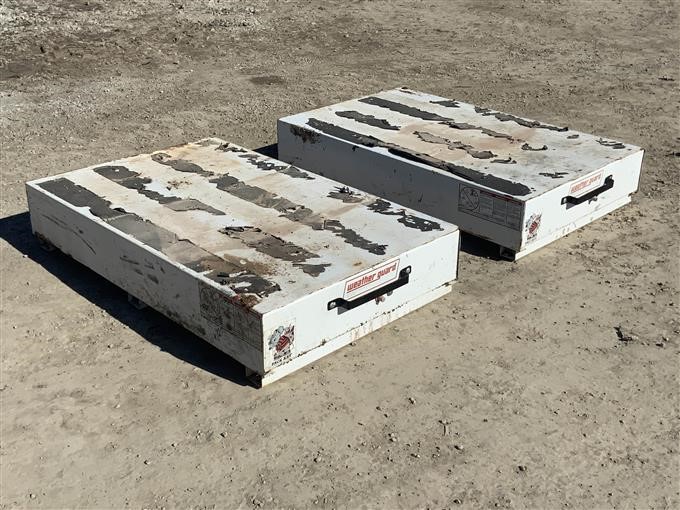
This is another habit we are going to have to break, and it will be helped by the steady increase in persistent network connectivity. Third, we often send complete copies of information to a lot of people, rather than just storing the information once and sending only a link to where it is stored. Keeping only what’s changed would cut down on the storage requirements for this and many other kinds of audit trails considerably, although we (and the technologies we use) will need new habits and capabilities to work this way easily and effectively. Second, we tend to keep complete copies of all intermediate stages of work in process-for example, versions of a final document so that we can go back and see how the end state was achieved. We’re all going to have to get more disciplined about this-because, soon, we just won’t have enough storage space available. We keep backup copies (at least some of us do) of much of our information because we know that the technology isn’t perfect and that we sometimes make mistakes that wipe out essential data. As storage costs have declined, we have generally gotten sloppy about efficient storage schemes-sometimes deliberately. So let’s look at what’s going on here, and at what we might be able to do about it.įirst off, we can try to reduce the unplanned or unconscious duplication of stored content.



In fact, even if every atom of the earth were available to store a single bit, we still wouldn’t have enough atoms to meet the projected storage demand by 2018. Well before we get to 1:1 atoms per bit, we will need more atoms than are likely to be available if we want to store everything we will be creating and keeping. There are even efforts underway to systematically organize the increasingly digital record of our society’s history: Did you know that, since 1950, over 16,000 different (and generally incompatible) storage formats have been defined and used for digital content? We now have enough calibrated growth data to predict the lower end of the volume of storage that will be needed for at least a couple of decades into the future. In business, government and personal life, first-world economies, and their organizations and consumers, are creating and storing new digital content in ever increasing amounts, and keeping it for longer and longer periods. As more and more business and consumer devices get digital capability, and more and more previously analog content becomes digital in origination or through conversion, storage demand is exploding. What’s equally interesting is to contrast the radical improvements in storage density with the equally radical growth in storage demand. The trend line reaches 1:1 around 2018 or 2020, by which time we will need nano-manufacturing processes and exotic materials to make this level of storage density work reliably, especially for long-term storage and archival retrieval media, which must preserve stored data for decades or centuries. Today, we are tracking pretty well to their prediction-and are down to around 10,000 atoms per bit with SDLT tape and the latest high-density disk drives. By calculating the storage ratio for a range of devices, the IBM research group predicted that the atoms-per-bit ratio would follow an approximately exponential improvement trend (which looks like a straight line if you use an exponential scale for the ratio) for about the next 50 years. Magnetically stored bits took only about 10 million atoms each.

So a card stored 640 bits using a very large number of atoms-about 10 to the 20th power atoms per bit.īy the 1970s, we had progressed to magnetic tapes and the early hard-disk storage technologies, and we were doing much better. They looked at the fundamental data storage efficiency equation-how many physical atoms does it take to reliably store a single data bit? Back in the early days of computing, a punch card stored 80 bytes of data encoded in EBCDIC (remember that?). One of my favorite technology trend lines derives from work originally done by researchers at IBM in the 1980s. “The Information Revolution is over-information won.” -Thomas Pearson, Quality Progress


 0 kommentar(er)
0 kommentar(er)
